I own a paint contracting company in Kentucky. We repainted a rather large wood sided home approximately two years ago. The house was built in the 1950’s at my best guess. At the time we had been introduced to a product made by Sherwin Williams called Duation. After extensive prep work which consisted of pressure washing, scraping, feather edge sanding, priming bare wood, and caulking, we applied two finish coats of the Duration paint. The color which was white stayed the same on the house. The homeowner had requested two coats because he wanted a long lasting job. I was recently contacted by the homeowner about the current condition of the house. I met with him at his home and discovered that the house was peeling in sheets down to the bare wood. This was only in areas where we had applied paint over the original finish. It seems that the only solution to this problem at present is to strip the entire house down to bare wood and repaint it. This is a cost that would be considerable. I am trying to discover if this is a product defect, application error, or something wrong with the house.
Discussion Forum
Discussion Forum
Up Next
Video Shorts
Featured Story
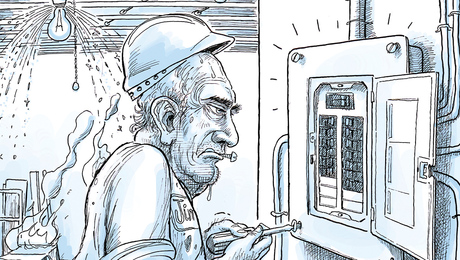
Dangerous electrical work and widespread misconceptions cause fires, deaths, and $1.5 billion in property damage annually.
Highlights
"I have learned so much thanks to the searchable articles on the FHB website. I can confidently say that I expect to be a life-long subscriber." - M.K.
Fine Homebuilding Magazine
- Home Group
- Antique Trader
- Arts & Crafts Homes
- Bank Note Reporter
- Cabin Life
- Cuisine at Home
- Fine Gardening
- Fine Woodworking
- Green Building Advisor
- Garden Gate
- Horticulture
- Keep Craft Alive
- Log Home Living
- Military Trader/Vehicles
- Numismatic News
- Numismaster
- Old Cars Weekly
- Old House Journal
- Period Homes
- Popular Woodworking
- Script
- ShopNotes
- Sports Collectors Digest
- Threads
- Timber Home Living
- Traditional Building
- Woodsmith
- World Coin News
- Writer's Digest

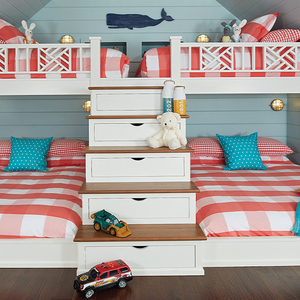
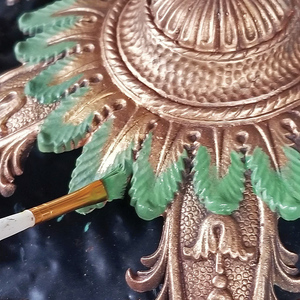
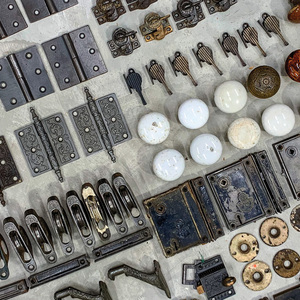
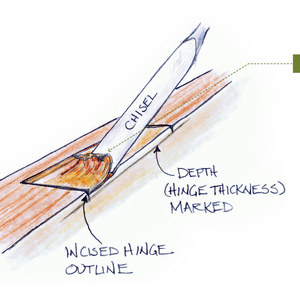







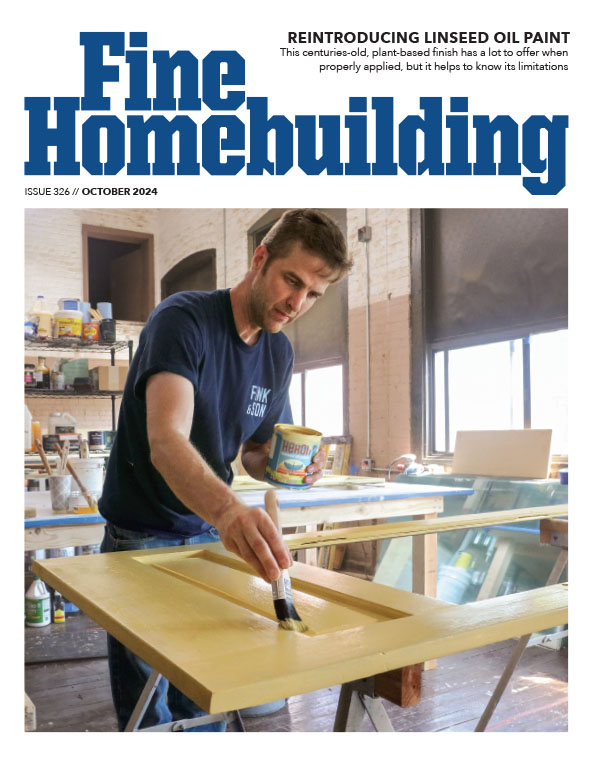





Replies
I would think that since you own a painting contracting company, and that Duration is marketed as a premium product that S-W is trying to push, you should be able to get the manufacturer's attention easier than most of us. I would start with your supplier and get him to forward your case to the manufacturer's rep. Make sure they know you're a professional painting contractor. They would be concerned with investigating, and educating the industry (i.e. you) about their product application.
I have already proceeded in that direction and I am awaiting reports from their chemists. I am also trying to gather any information I can from as many sources as possible in hopes that I can put together something that makes sense.
I appreciate your response.
Sounds to me like a moisture problem.
You say you power washed the "entire" house. I don't see any other reason than moisture issues if you did in fact power wash the areas of concern.
Please let us know how it goes.
Good luck
Be well
andyTrue compassion arises out of the plane of consciousness where I "am" you.
http://CLIFFORDRENOVATIONS.COM
I painted our house here with Duration about 6 years ago now.....after an extensive prep job that left the vast majority (95%) of the house as bare wood. The only place some old paint remained was on the soffits, corbels, dentils, and such. (Maybe another time <g>) Put two coats on the south and west sides. Still looks great today.
Are you certain the areas of problem or the entire home in question doesn't have a water vapor migration problem in those peeling areas? Bathroom or kitchen?
I certainly don't have anything but appearance and observation to support the following notion, so take it with a grain shovel of salt. Duration appears to be a product that may not have as high of a "breathability" capability as other latex paints I've used. If this is so, it would then leave it more prone to peeling from vapor accumulation in the wall OR causing any remaining paint under it to lose adhesion and then peel taking the Duration with it. I think I would be most suspicious about this.
Then again, that may all be bull. Our house here is an 1875 and has no vapor barriers on any outside wall and any paper that was under the clapboard siding is now a faint memory of effectiveness. Blown cellulose insulation and we run a humidifier on the forced air heat all winter. The Duration hasn't peeled here, not even where two coats were applied.
Say……was the existing paint …….oil or latex? Have you "mixed" the two? That alone could be playing a major role in the problems with the Duration; out-of-sync expansion and contraction between the two. Over 50% of all marriages end in divorce. :-)
Knowledge is power, but only if applied in a timely fashion.
Edited 9/22/2003 10:56:39 AM ET by GOLDHILLER
Just to clarify....
"the house was peeling in sheets down to the bare wood. This was only in areas where we had applied paint over the original finish."
It sounds like the areas that you had stripped to the bare wood before painting are not peeling.
and
The peeling is only where the original paint was intact and you painted over it.
and
you painted the Duration directly on to the original paint.
All of the above would lead me to think there was some incompatibility between the existing paint and the Duration.
But my first thought was moisture migration.
Rich Beckman
Another day, another tool.
Moisture migration sounds like a real possibility.
I feel that the Duration that was applied over the existing paint on the house has done something to affect the adhesion of that original coat. I am not sure if the weight or thickness of the new paint is causing a problem or if it coud be smothering the original coat.
The new paint is adhering fine to the old paint. It is the original bond that has weakened.
Pictures would be nice.
You might test to see if the existing paint is a vinyl acrylic, they are notorious for holding moisure and pulling away from the substrate.
In any case, it sounds like you did the proper prep and application, so why are you so anxious to strip and re-paint the house for nothing? This house may very well have been problematic from day one, for many reasons, and I don't see where you are liable for the original coatings.
I went to Clemson University from '79 to '85 .I had an art professor, who was relatively well known ,who in the '50s and '60s used sherwin williams house paints to do paintings that he in turn sold for rather large prices. In the early '80s he had a large number of clients who had bought his paintings coming to him with paintings peeling off in sheets.
He was shocked because these paint products were sold to him as something revolutionary that would last as well as oil paints. At this point he got the chemical department of the university to do alot of analysis on the paint to try to find a way to save the paintings( a part of his lifes work) . In the end they informed him that it was unrecurperable chemical decay of the synthetic resins in the paint.
He at that point replaced (at no cost) the works to the clients with more recent works in oil. Most were not happy about it, the old works were better if not in technic in context(real 60's art). last I heard he was sueing Sherwin Williams on the basis of their advertisements to sell those paints(which he still had on file) that made totally untrue claims. I don't know how it finally came out but the fault was the paint.
Philip
I had much the same thing happen on a job some fifteen years ago, with two oil based paints. Never got a real reason for the failure from either Porter Paint(second coat) or Devoe (first coat). Both first said improper surface prep, but i was able to debunk that with a written letter from the home owner.
What I was able to discover from friends in the paint developement industry is that there are constant formulation changes made in the residential market products to achieve "profit improvement". As competetors in the field figure out what the leading product is doing, they modify there product to match its performance. First product looses market share and has to find a way to improve profit on what they have left.
This is what I think happened in my case. The original paint and primer were caught in one of those "profit improvement projects". It still had enough life in it to hold on while I did all the correct surface prep, and applied the new second product. Two years later the first product failed and let go with my new product still firmly attached to it, much as you describe. Porter Paint did furnish, at no charge, the primer and finish coat to repaint the affected areas only. I still had to provide the labor and addtional paint to repaint the whole project.
BTW I am just outside of Louisville KY.
Dave
Bummer!
Imagine buying a Picasso and hanging it on the wall, and then, one morning,...finding the paint peelled off and sitting on the floor.
You know what is funny? Ask any oldtime Sherwin Williams employee what the SWP, (the name for their oil based paint), stands for.
Nope, not Sherwin Williams Paint >>> "Sure Will Peel".
As I am sure you know, almost any time paint comes off in sheets, it is because of an underlying moisture problem. So I read the symptom and the fact that you pressure washed and assume at first that you didn't let the wood dry enough before painting, which usually means at least three weeks of dry weather anyplace but in the desert.
Then I see that it is only peeling off where the old paint is left and that the peel is taking the old paint to the wood with it. Hmmmmmmm.... how can that be if the old paint kept the water from getting into the wood under it? I think.
beckman's thjeory turns on the light in my dark skull. it sounds like the water in the wood adjacent to the still covered spots wicked over to find comfortable repose under the old paintwhile the barte wood was drying.
So when you felt the wood to see if it was dry enough to paint, you satisfyed yourself that it was when there was still too much water under that old paint that was left. Layting the paint on top of it trapped it well enough to steam the new paint off and here we are.
BTW, I am somewhat prejudiced here from the start because I have almost never seen pressure washing wood siding have good long term results.
Excellence is its own reward!